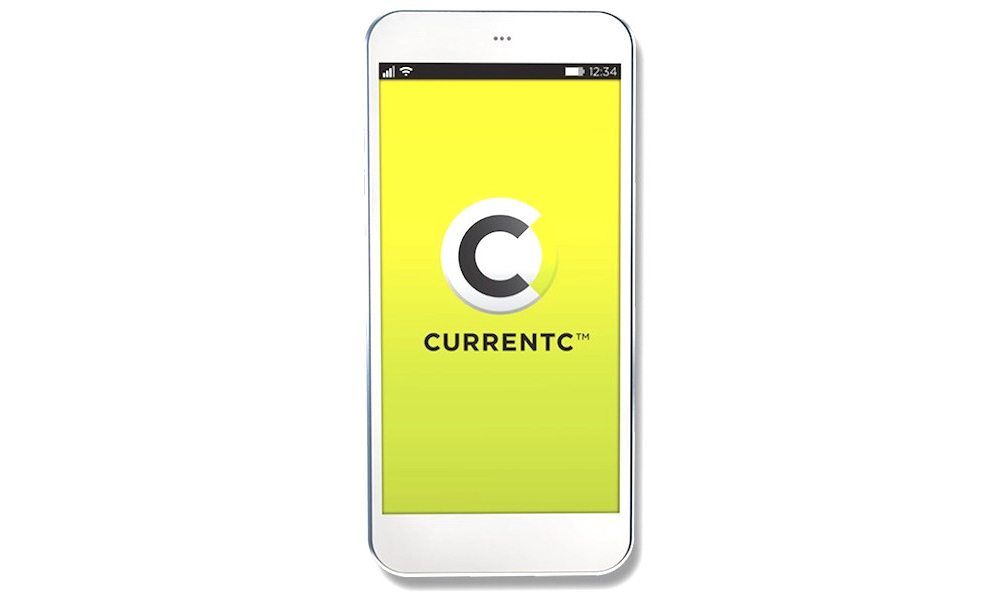Apple Pay Competitor, CurrentC, Struggles as Parent Company Lays off 30 Workers

Toggle Dark Mode
In a telltale sign that having a “want it all, have it all” attitude is really no way to conduct business — particularly in our inherent fast-paced, highly-competitive global marketplace, the Merchant Consumer Exchange consortium of retails (MCX) that were poised to accept payments from Apple Pay’s potential chief rival, CurrentC, are slowly but surely abandoning ship. And that’s bad, bad news for CurrentC — a QR code-based payment platform that was, at one point in time, widely expected to become a major Apple Pay competitor.
The company had originally garnered support from some of the nation’s largest retail chains — including Walmart, CVS, The GAP, and many more, however, according to MCX CEO, Brian Mooney, a hiatus was recently placed on near-term infrastructure developments as the troubled up-start seeks to better position itself in other areas of its business, such as by developing relationships with major financial institutions.
According to Mooney’s official statement: ”Utilizing unique feedback from the marketplace and our Columbus pilot, MCX has made a decision to concentrate more heavily in the immediate term on other aspects of our business including working with financial institutions, like our partnership with Chase, to enable and scale mobile payment solutions. As part of this transition, MCX will postpone a nationwide rollout of its CurrentC application. As MCX has said many times, the mobile payments space is just beginning to take shape – it is early in a long game. MCX’s owner-members remain committed to our future.”
“Well, that’s all fine and dandy,” you might be saying to yourself, “but what exactly is this ‘CurrentC’, anyways?”
Ok, so, in essence, CurrentC is yet another potential competitor in the mobile payments space. Having been in development since back in 2012, CurrentC was introduced as an alternate to the more traditional mobile payment solutions — such as Apple Pay, Android Pay, and Samsung Pay. CurrentC’s primary objective is being able to ‘side-step’ traditional credit card network fees, by using QR codes that directly link up to a customer’s bank account.
However, shortly after it’s inception, CurrentC’s business took a sudden turn for the worse — as the more traditional, more widely-accepted payment methods from Apple and Android soon began to gain traction by leaps and bounds.
Realizing that its business was being threatened by fierce competition, MCX — in a bid to better position it’s troubled CurrentC platform — essentially threatened, by disallowing, its consortium of retail partners from accepting alternate point-of-sale payments, beginning with Apple Pay back in 2014.
Unfortunately, as business developments, infrastructural setbacks, and a postponed launch persisted to plague the already beleaguered company, most of CurrentC’s consortium of retail partners soon began to jump ship. In particular, just last year both Best Buy and Rite Aid — two of MCX’s biggest retail partners — broke off ties with the company, and began accepting other mobile payment platforms at point-of-sale terminals. Chiefly among those alternatives, of course, was Apple Pay — which is currently accepted at select Best Buy and Rite Aid stores nationwide.
Another former MCX consortium member, Walmart, earlier this morning announced its own mobile payments platform — appropriately dubbed ‘Walmart Pay’, which the company intends to launch at approximately 500 of its stores later this summer.
Well, needless to say, it looks like MCX’s ‘scare tactics’ might have backfired on the company a bit. As Apple Pay, in particular, continues to gain both domestic and international adoption at alarming speeds, it might be difficult for CurrentC to re-establish itself in the marketplace as a serious and viable alternative. After all, while CurrentC invests its efforts in developing a partnership with J.P. Morgan Chase, Apple can just sit back and relax, knowing that its platform has already been adopted by almost every major bank in the U.S. — not to mention, all the global partners that hopped aboard the bandwagon in recent months.
What do you think about CurrentC? Is the company wasting its time at this point, or do think it actually has a shot at competing with Apple, Android, and Samsung Pay? Let us know what you think in the comments!






